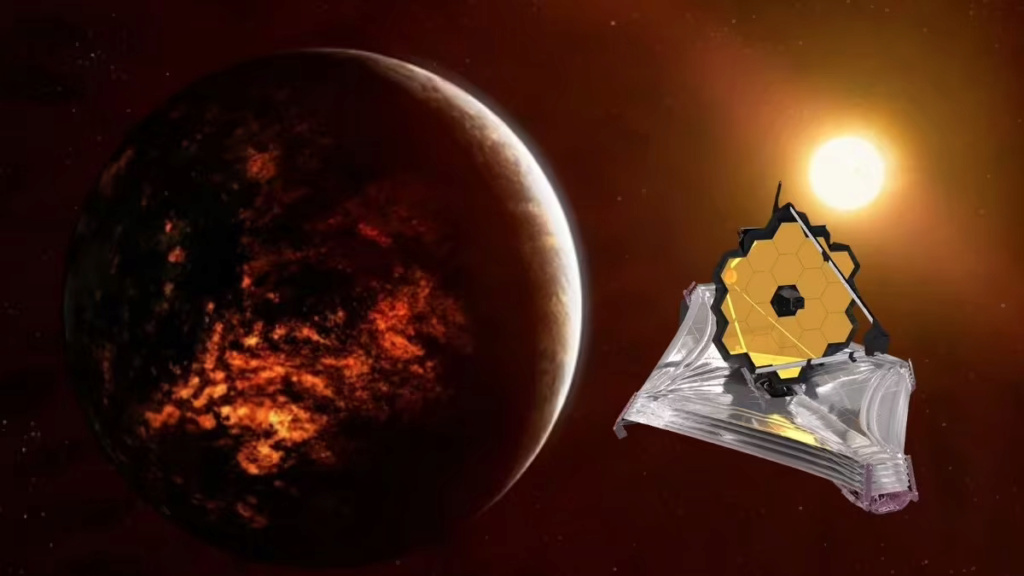James Webb Telescope reveals new details about two giant Earth-like ! planets

The giant James Webb Space Telescope, which launched from Earth on December 25, 2021, has succeeded in revealing new details about two giant Earth-like planets 50 light-years from our solar system, and NASA officials promise to provide a set of geological results about these two planets within a few weeks.
A statement on Thursday, May 26, said that the James Webb Telescope has a very powerful mirror as well as its location in deep space and 1.5 million kilometers behind the Earth and the sun, which enables it to examine two planets slightly larger than Earth, which scientists have dubbed "super-Earths."
Scientists announced that the previous telescope technology only allowed observing small planets due to the brightness they enjoy next to the star that revolves around it, while the giant planets were only seen as a form of giant masses of gas, but the development in the James Webb Telescope for the Hubble Space Telescope Space Spitzer gives him a great advantage in studying giant planets.
Scientists confirm that these two planets are not considered habitable in the same way as we know them on Earth, although they can be studied to know the future expectations of the rest of the planets, such as our Earth. LHS 3844 b" on the second, which is free of atmosphere and somewhat cold.
The team of scientists, led by astronomer Laura Kreidberg of the Max Institute for Astronomy, hopes that the James Webb Space Telescope will be able to pick up signals from the surface through spectroscopy that will indicate different wavelengths of light and thus compare thermal emission spectra and then deduce surface composition and the quality of rocks or gases. present in it.
This analysis of distant planets helps scientists get to know what the Earth was like at an earlier time and also its future with greater accuracy.
The giant telescope is expected to move to the first cycle of observations in June, and scientists already know that 55 Cancri e orbits every 18 hours around its star and that it is very hot and that it rains lava that reduces the temperature of its atmosphere, while the second planet LHS 3844 b It orbits its star only every 11 hours, is smaller and cooler than E55 Cancri, and has no atmosphere.
https://www.arageek.com/news/james-webb-space-telescope-set-to-study-two-strange-super-earths

